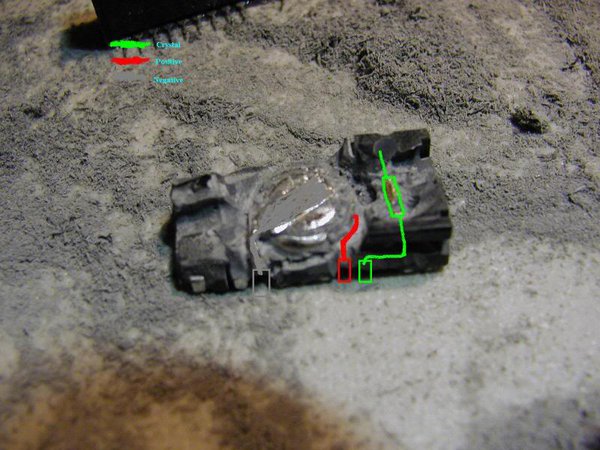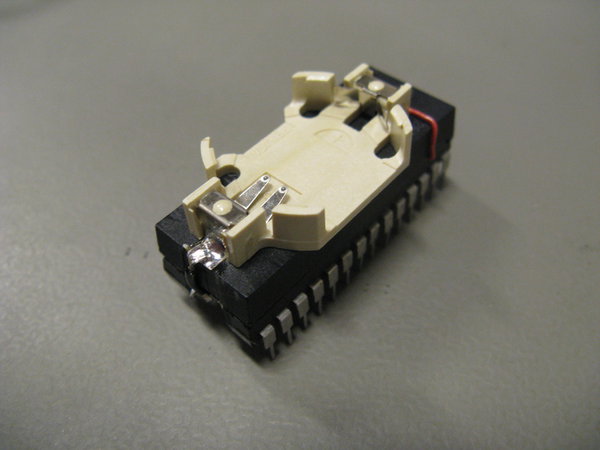Indyboy wrote: Thanks for your time and devotion! I'm eagerly waiting for your next observations or solutions for this problem. It'd to be nice to build a 16 proc system
Not possible, at least not in a deskside. Only 5 E-bus slots, and you need at least one for memory, and one for I/O. So max is 3 CPU boards. I'll have to settle for 12 * R10K
 But they will be the 2MB L2 model.
But they will be the 2MB L2 model.
Now this is a deep dark secret, so everybody keep it quiet

It turns out that when reset, the WD33C93 defaults to a SCSI ID of 0, and it was simpler to leave it that way... -- Dave Olson, in comp.sys.sgi
Currently in commercial service:
 (2x)
(2x)

In the museum : almost every MIPS/IRIX system.
Wanted : GM1 board for Professional Series GT graphics (030-0076-003, 030-0076-004)

It turns out that when reset, the WD33C93 defaults to a SCSI ID of 0, and it was simpler to leave it that way... -- Dave Olson, in comp.sys.sgi
Currently in commercial service:

 (2x)
(2x)

In the museum : almost every MIPS/IRIX system.
Wanted : GM1 board for Professional Series GT graphics (030-0076-003, 030-0076-004)














